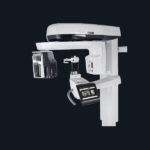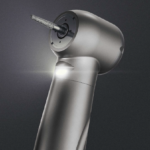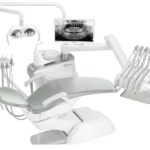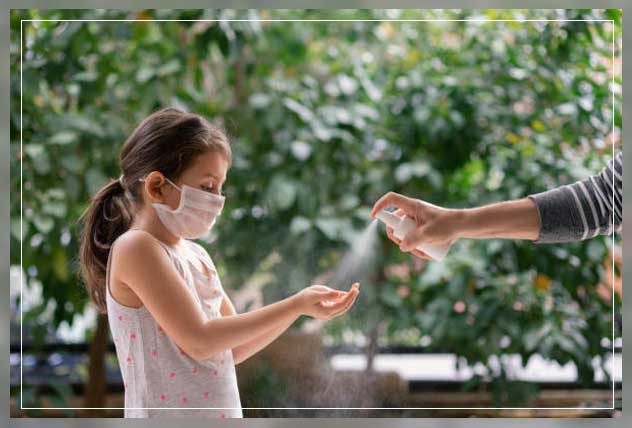
The Covid-19 pandemic has raged since 2020. It has again shown how vulnerable the human race is to disease, infections, and destruction. In the absence of a vaccine, preventive measures that limit the spread of the virus are massive. These include social distancing, wearing face masks, and washing your hands with soap and water as often as possible. One important thing is the hand sanitizer spray which is equally essential during the pandemic.
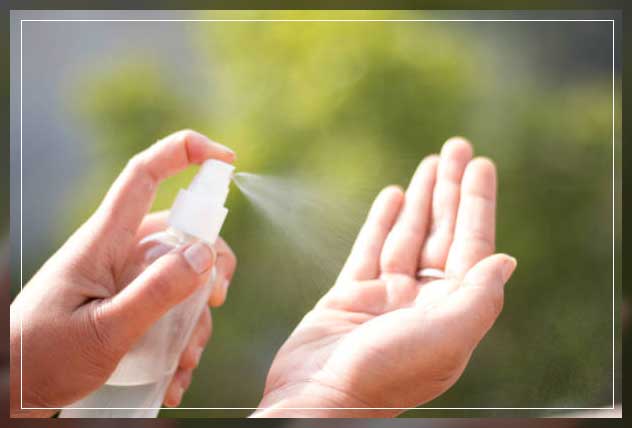
Most microbes, such as viruses and bacteria, including the Covid-19 virus, generally have an outer layer of protein. The chemical ingredient in this soap or the hand sanitizer spray can dissolve this outer layer. As a result, it can effectively destroy the microbe. To know, read the complete article.
Hand Sanitizer Spray – An Overview
It is beneficial if you wash your hands with soap and water or hand sanitizer spray for 20 seconds as often as possible in the day. It can be the best prevention against many microbes that may infect your skin, respiratory, and alimentary routes.
As you know, it is the first prevention choice for people in the current pandemic. While outside the home or after returning home – you must surely wash your hands with soap.
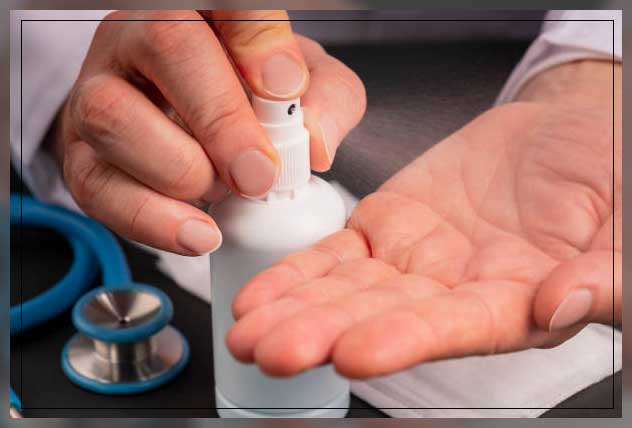
If access to soap and water is difficult, for example, when you are using public transport or making purchases, then using a hand sanitizer spray is an effective option. Hand sanitizers are probably the best alternative to soap and water. It also reduces your risk of ingesting or inhaling any microbe – including the Covid-19 virus.
Since the first SARS virus outbreak in 2002, hand sanitizers have been used increasingly, especially in first-world countries and even South-East-Asian countries. Several countries worldwide have slowly adopted hand sanitizers until the current pandemic.
Technique to Use Hand Sanitizer Spray
Make sure the spray can remove all organic matter from your hands.
- All visible organic matter, for example, dirt, must be removed from hands before applying the hand sanitizer spray.
- Apply a dime-sized amount of the spray to the palm of one hand and wipe it thoroughly.
- Rub hands together so that the liquid covers all surfaces of hands and fingers.
- Rub until the hand sanitizer spray is absorbed.
How Does a Hand-sanitizer Spray Work?
Hand sanitizers, as you might be aware, are gel-like solutions often made using an alcohol base like ethanol or isopropyl alcohol – also called isopropanol or 2-propanol. Besides, it contains water, perfume, and a few other ingredients that might be non-toxic to humans.
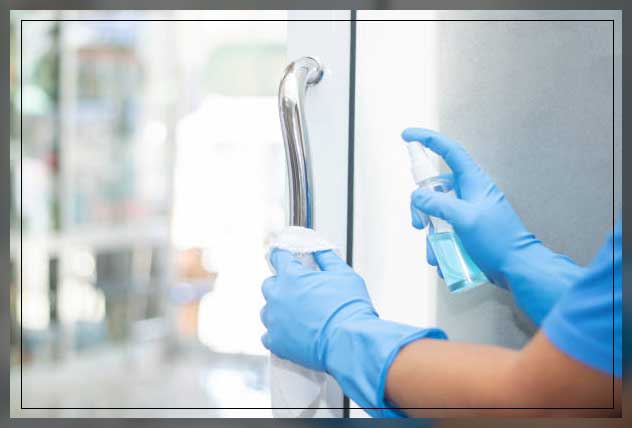
Similar to soap, alcohol, too, could destroy the outer protective layer of microbes. And hence the microbes. The higher the alcohol content in the spray – the better the protection. Therefore, most hand sanitizers contain 60 to 95 percent alcohol.
How it works:
Hand sanitizer spray provides several advantages over hand washing with soap and water. However, soap water is ineffective if organic matter like dirt, food, or other material is visible on the hands.
Benefits of waterless hand sanitizer:
- They require less time than hand washing.
- It acts quickly to kill microorganisms on the hands.
- It is more accessible than sinks.
- They reduce bacterial counts on your hands.
- They do not promote antimicrobial resistance.
- Moreover, they are less irritating to the skin than soap and water.
- Some can even improve the condition of the skin.
How to Use a Hand Sanitizer Spray?
Spray a portion of sanitizer in your palm with one hand, then gently rub the two palms against each other. Even squish between your fingers, and rub on the outer palm and finger surfaces.

Then finally, cover the base and sides of your palms. Repeat the process until all the sanitizer is absorbed or your hands are fully dry. Do not wipe using a handkerchief, napkin, or towel immediately. It will reduce all the effects the sanitizer will have on your hands.
Why is Hand Sanitizer Spray Important?
After almost months of enduring the outbreak of the novel coronavirus, the world slowly understands the importance of using hand sanitizer spray in their everyday lives. A high-quality hand sanitizer spray can substantially impact your overall health when running or heading to work. Therefore, it is best to possess a bottle.
Do you want to experience a pandemic outbreak to understand that the Covid-19 germs are everywhere? You must know that Covid-19 is transmitted through respiratory droplets. The minute organisms can easily land on a massive variety of surfaces.

But importantly, those surfaces can sustain the novel coronavirus for hours together. So you have plenty of time to touch light switches, door handles, gas pumps, debit card machines, smartphones, ATMs, and toilets – all that an infected person might have used.
So when you physically come into contact with such surfaces and the Covid-19 germs, you increase your risk of contracting it.
Key Benefits
Most alcohol-based sprays will help to deter the spread of germs. Even your illness-causing bacteria may be harmful once they enter your body. These germs and bacteria spread particularly in busy env like schools and offices.
Stop the Spread of Germs: According to studies, 1 in every 5 individuals do not regularly wash their hands. Among the ones who do, 70 percent do it even using soap. Therefore, it is better to provide sanitizer in critical areas, including bathrooms and kitchens. It will make you use sanitizer, which will kill harmful bacteria.
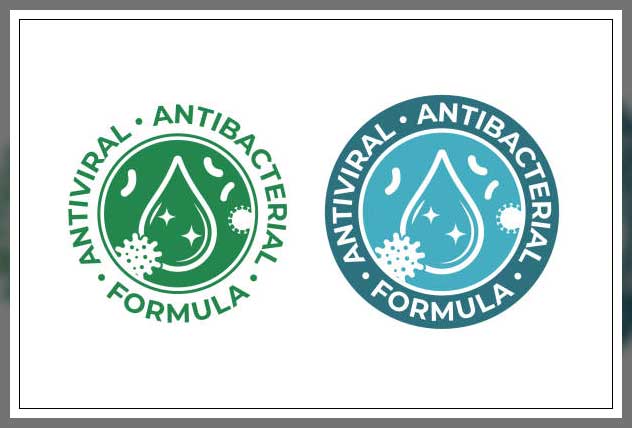
Promote Good Hygiene and Health: We all know that a healthy building is productive. A study in the American Journal of Infection Control (AJIC) confirmed that encouraging hand sanitizers in schools can reduce absenteeism by almost 20 percent.
Reduce Waste: As an extra precaution, many people often use paper towels to open doors while they leave the kitchen or bathrooms. Therefore, placing hand sanitizers near exits makes it easy for people to defend themselves from germs and bacteria without creating an additional mess. It is equally important to know the tips and tricks for effective handwashing.
When to Use a Hand Sanitizer Spray?
Remember that soap and water should always be your first choice as they can destroy all microbes, including a few viruses that the sanitizer spray cannot. You should use it at different times of the day. Before various activities such as – before eating, before, during, and after preparing food. You should also use the spray after using the washroom, dressing a cut or wound, or even changing soiled diapers.
You should especially use it before and after caring for ill family members or who have diarrhea or vomiting. Moreover, you should use the spray after touching anything while you are outdoors.
What Ingredients Do Hand Sanitizers Contain?
The WHO offers two simple formulas – with which you can make your hand-sanitizing liquids, especially in remote or resource-limited areas. In remote areas, workers may not access sinks or other hand-cleaning facilities.
WHO’s one formula uses 80 percent ethanol while the other uses 75 percent isopropyl alcohol, which is otherwise known as rubbing alcohol. Both these WHO recipes contain a small amount of hydrogen peroxide – as the compound prevents microbes from growing in the sanitizer liquid. Moreover, these sanitizers also include a bit of glycerol that helps moisturize your skin and to avoid dermatitis. Each ingredient is equally vital in the sanitizer solution.
Other moisturizing compounds in most liquid hand sanitizers might include poly(ethylene glycol) and propylene glycol. It is essential to understand that when you rub an alcohol-based hand sanitizer, its ethanol part evaporates. Thus leaving behind these soothing compounds.
You will find most sanitizers contain either ethyl alcohol or isopropyl alcohol. But alcohol-free hand sanitizers are also for sale. They usually contain antimicrobial compounds such as benzalkonium chloride, which provides lasting protection against bacteria.
It is equally important to understand that alcohol-free products are not recommended by the CDC – especially for fighting the novel coronavirus. The reason being it is still not clear whether it can be used successfully against Covid or SARS-CoV-2.
Why Use Hand Sanitizer Spray with 60 Percent Alcohol?
Most sanitizers are indeed sold without alcohol. It is the main ingredient in most products. The reason is that alcohol is a very effective disinfectant that can safely be applied to your skin. Therefore, the alcohol’s job is to break up the outer coatings of bacteria and viruses, making it ineffective.
You should know that SARS-CoV-2 is also known to be an enveloped virus. Some viruses can easily protect themselves with a cage made of proteins. But as these enveloped viruses leave those cells which they have infected, the virus coolly wraps itself in a coat made of its proteins. Making them safe from external factors.
The lipids protect these microorganisms, and alcohols generally have a polar and a nonpolar region. As a result, most alcohol disrupts these supramolecular interactions. It effectively dissolves the lipid membranes. Therefore, you need a relatively high concentration of alcohol to break apart the virus’ protective coating rapidly. That is the reason CDC recommends using sanitizers with at least 60 percent alcohol.
If you rub high concentrations of alcohol – it might not be suitable for your skin. The alcohol might quickly dry out your skin as it can disrupt the protective layer of oils on your skin. That is why you find most sanitizers today contain a moisturizer to counteract the drying effect.
Storing Hand Sanitizer
Chances are, you might use more hand sanitizer spray these days than ever. It is important to know that sanitizer does have a shelf life. The alcohol content gradually drops as the expiration date approaches. If you have expired hand sanitizer at home, dispose it off, and get a new bottle.
Store your hand sanitizer in a fantastic, dry location. Avoid direct sunlight and repeated exposure to heat.
Bring your hand sanitizer inside instead of tossing it into the glovebox or a cup holder when you return home. While there’s little risk of combustion, extreme heat might speed up alcohol evaporation – especially if air gets inside the bottle. So only buy the amount you need.
Read other related topics like ultrasonic cleaner, surgical gloves, digital thermometer, Littman stethoscope, and more.


